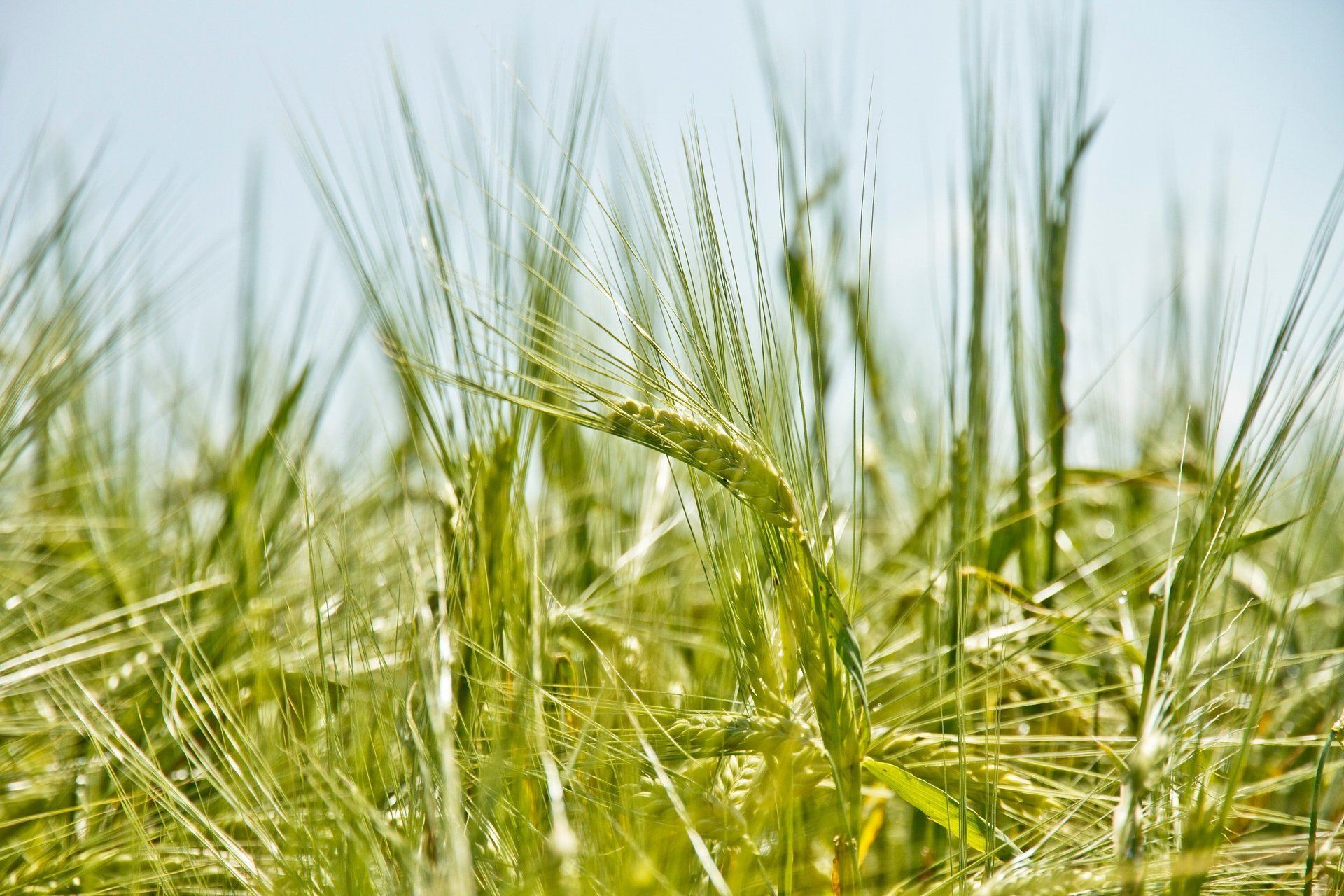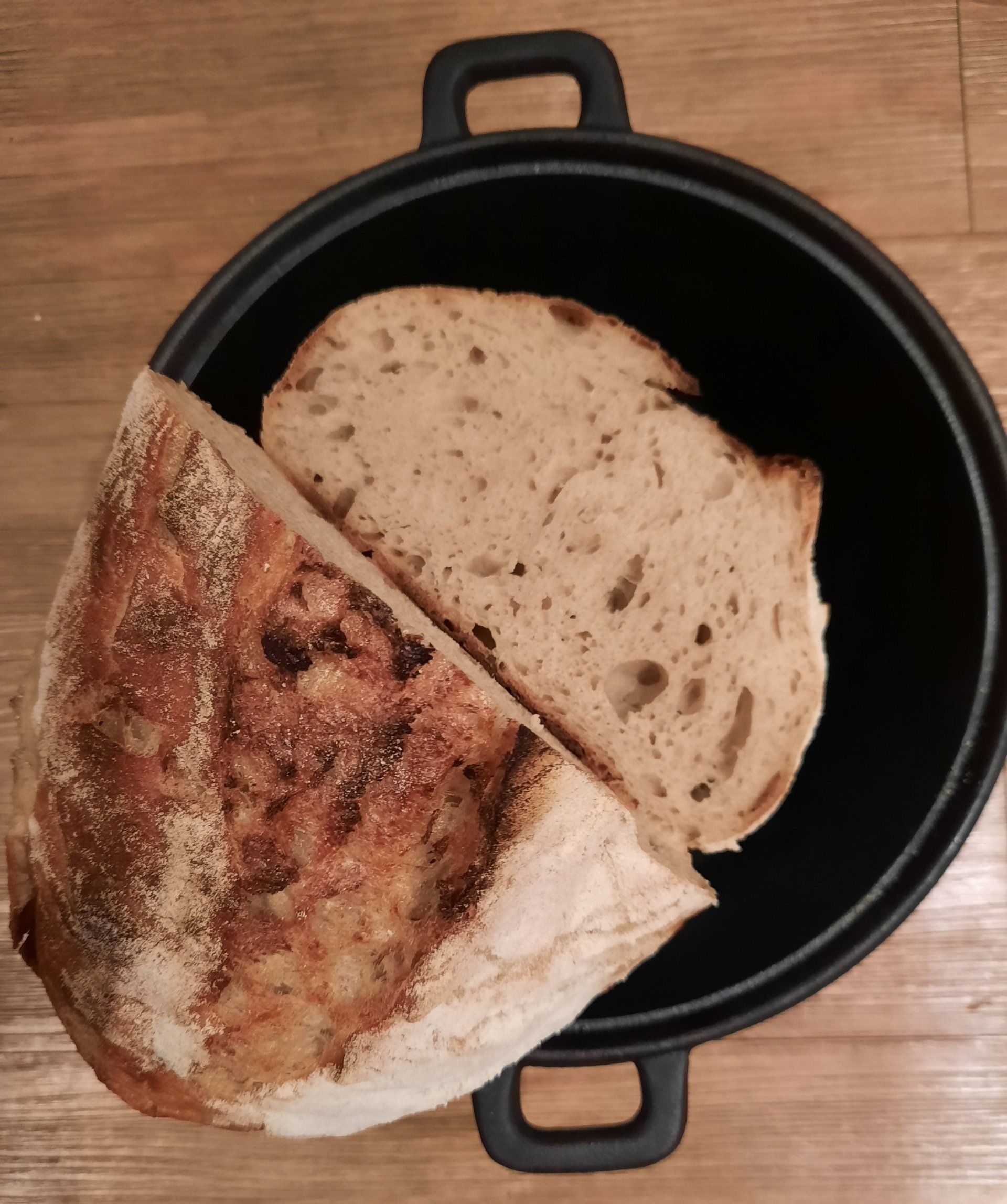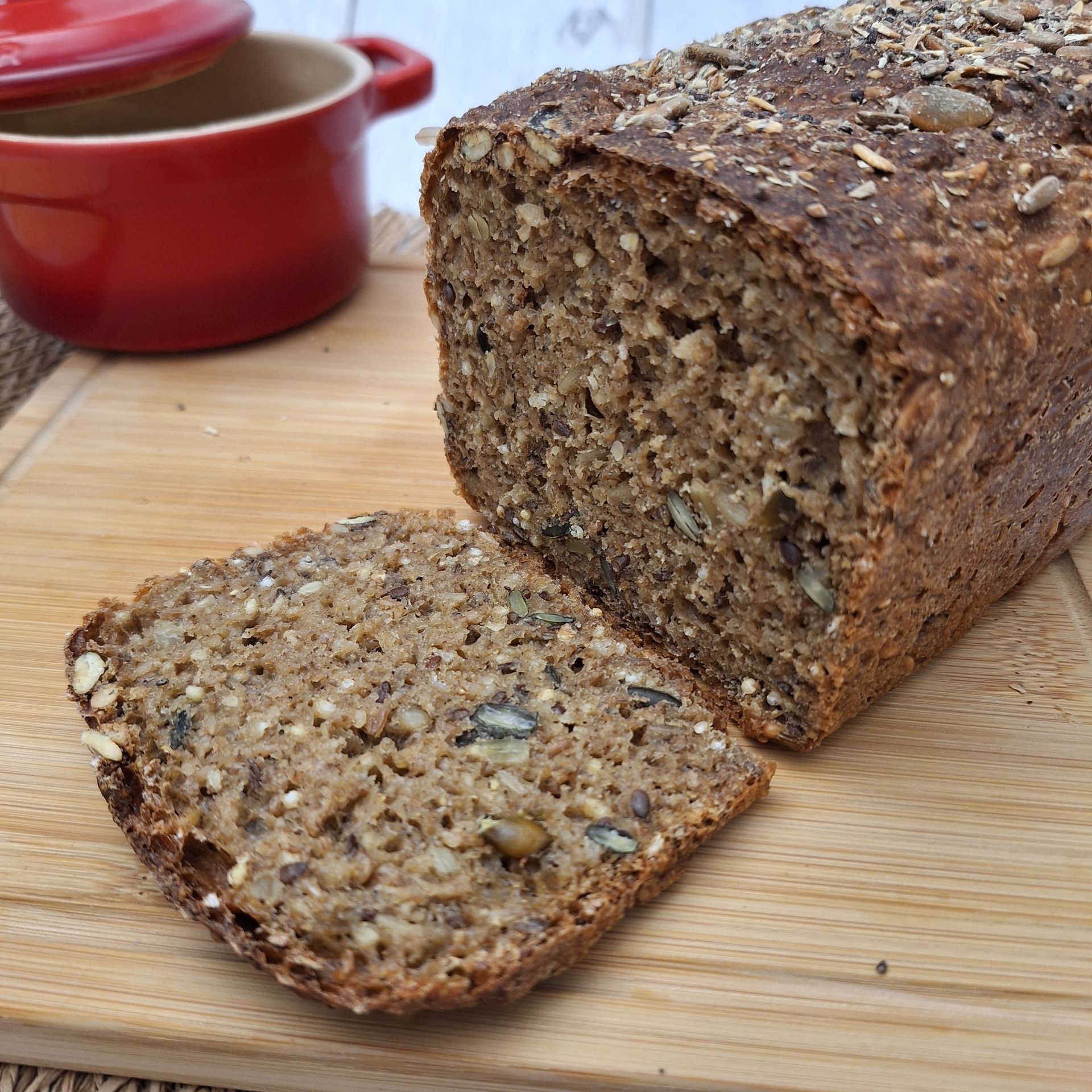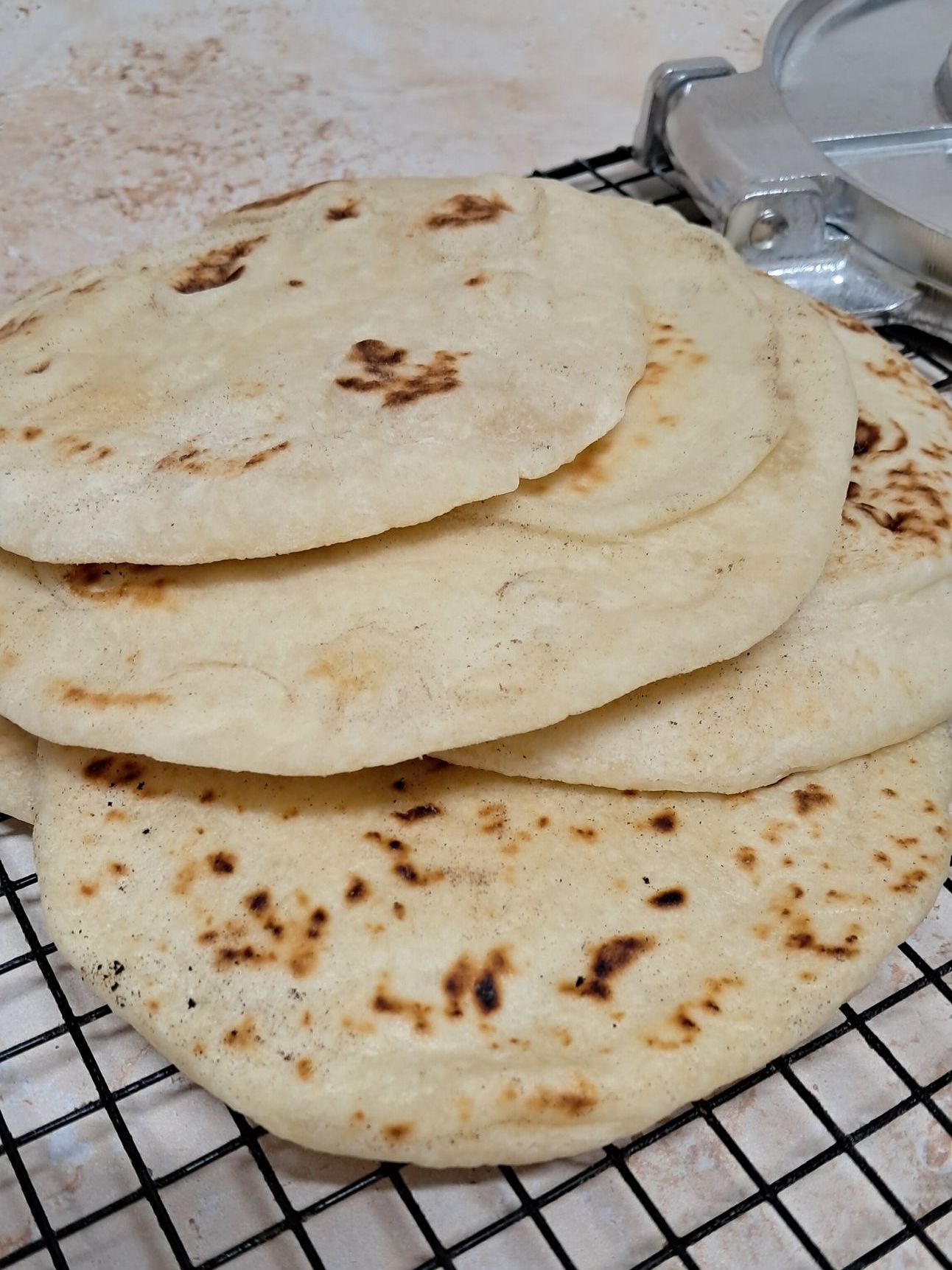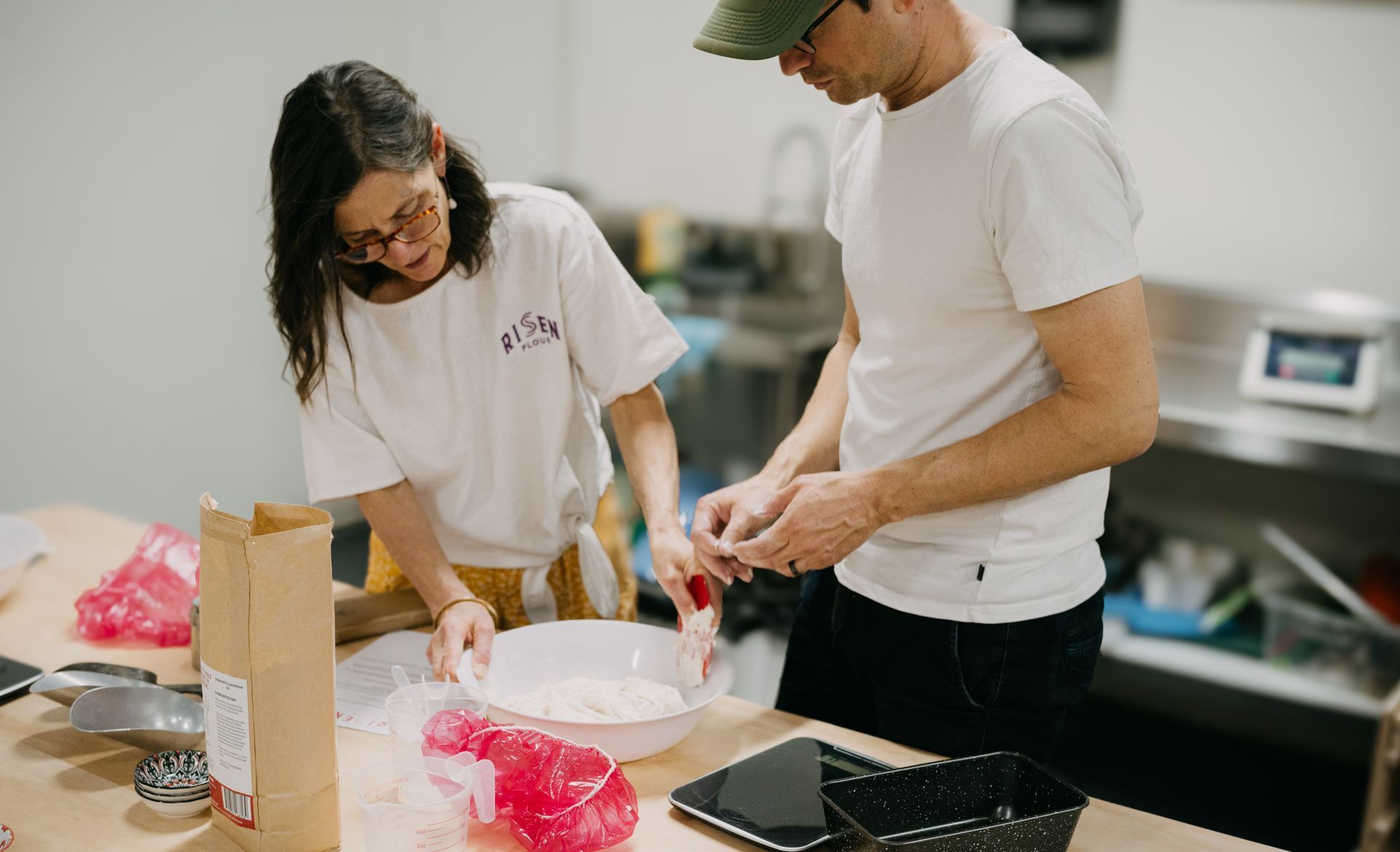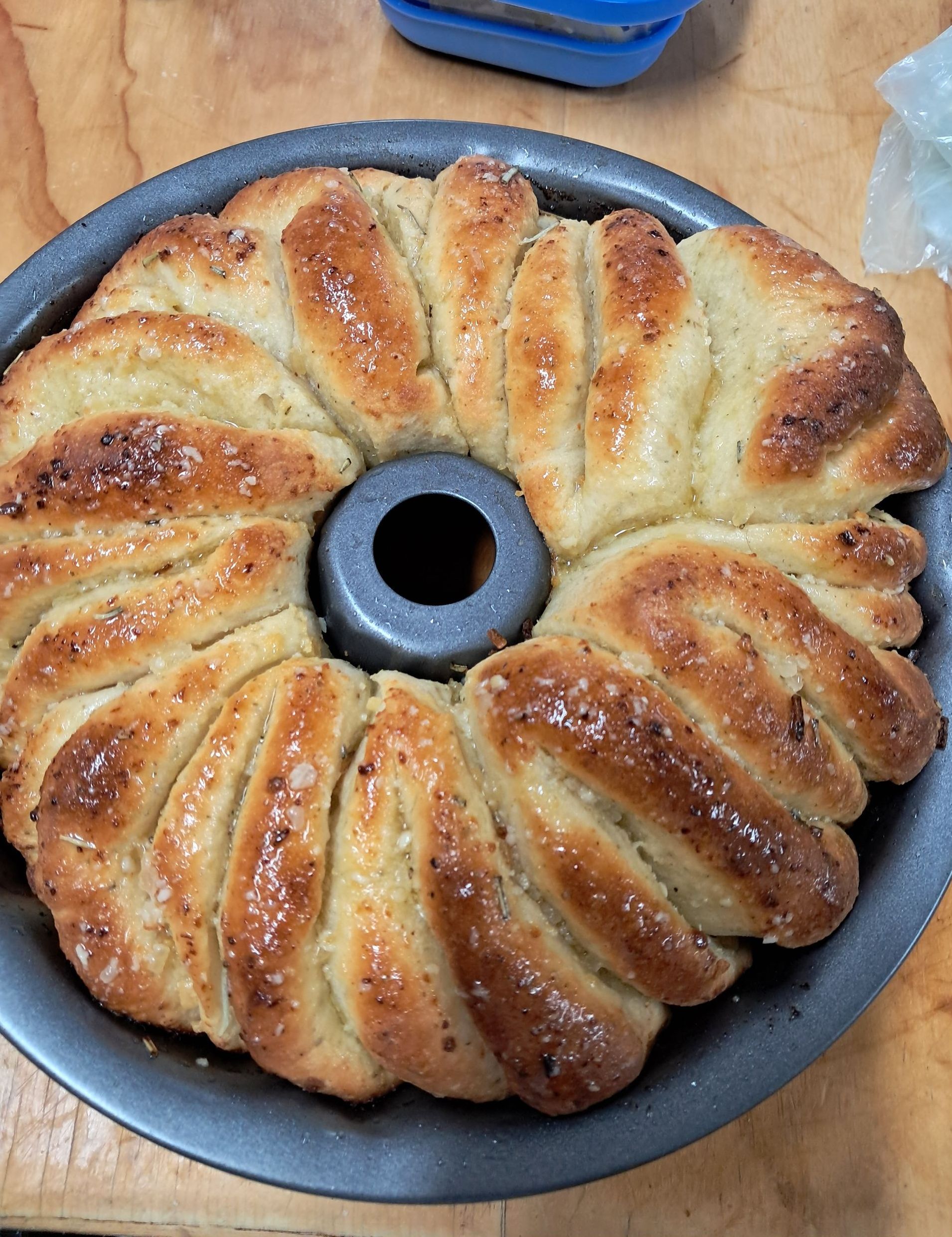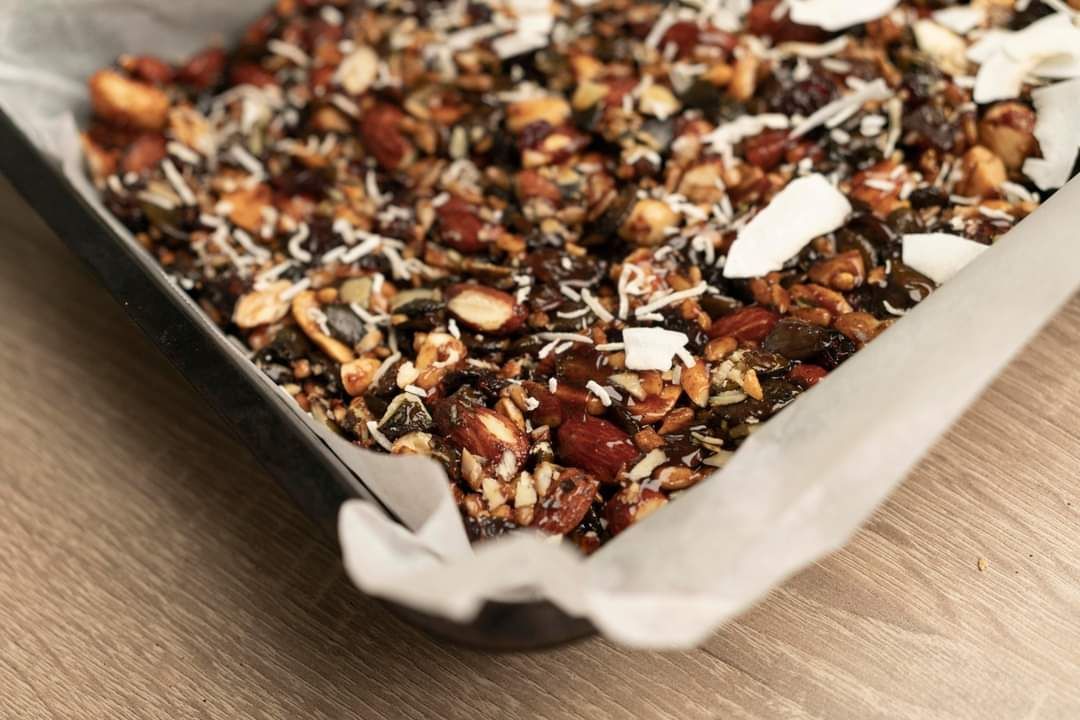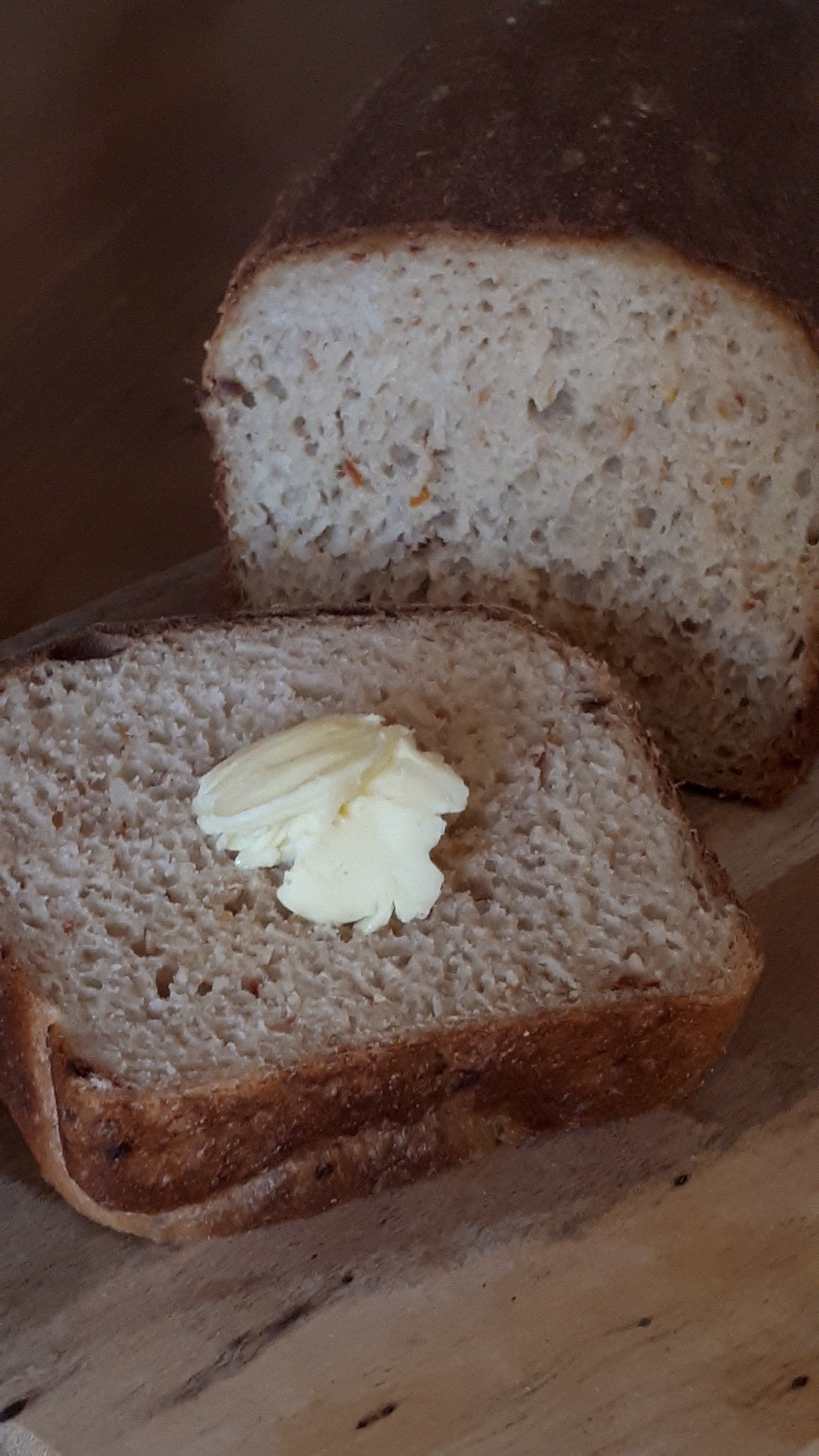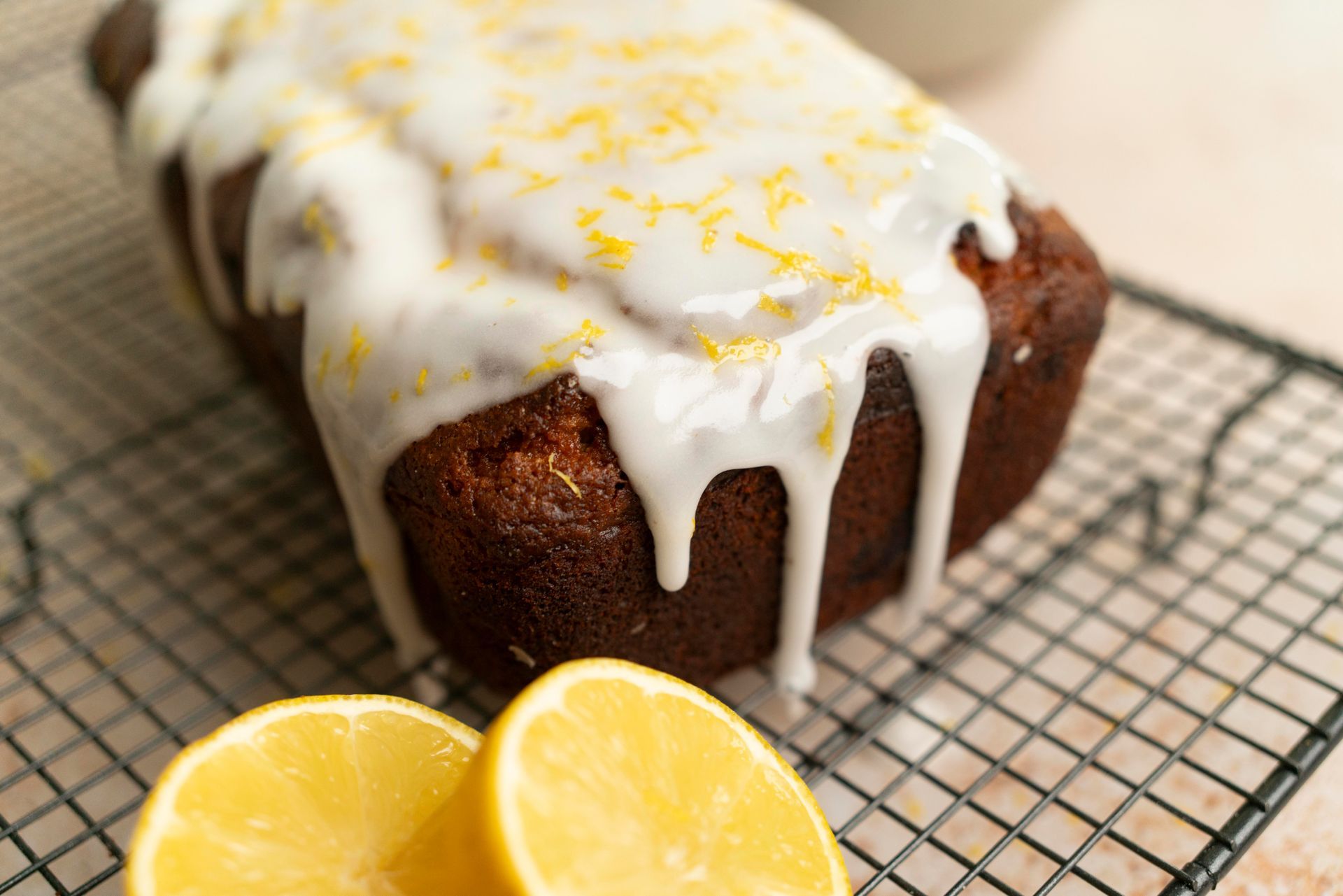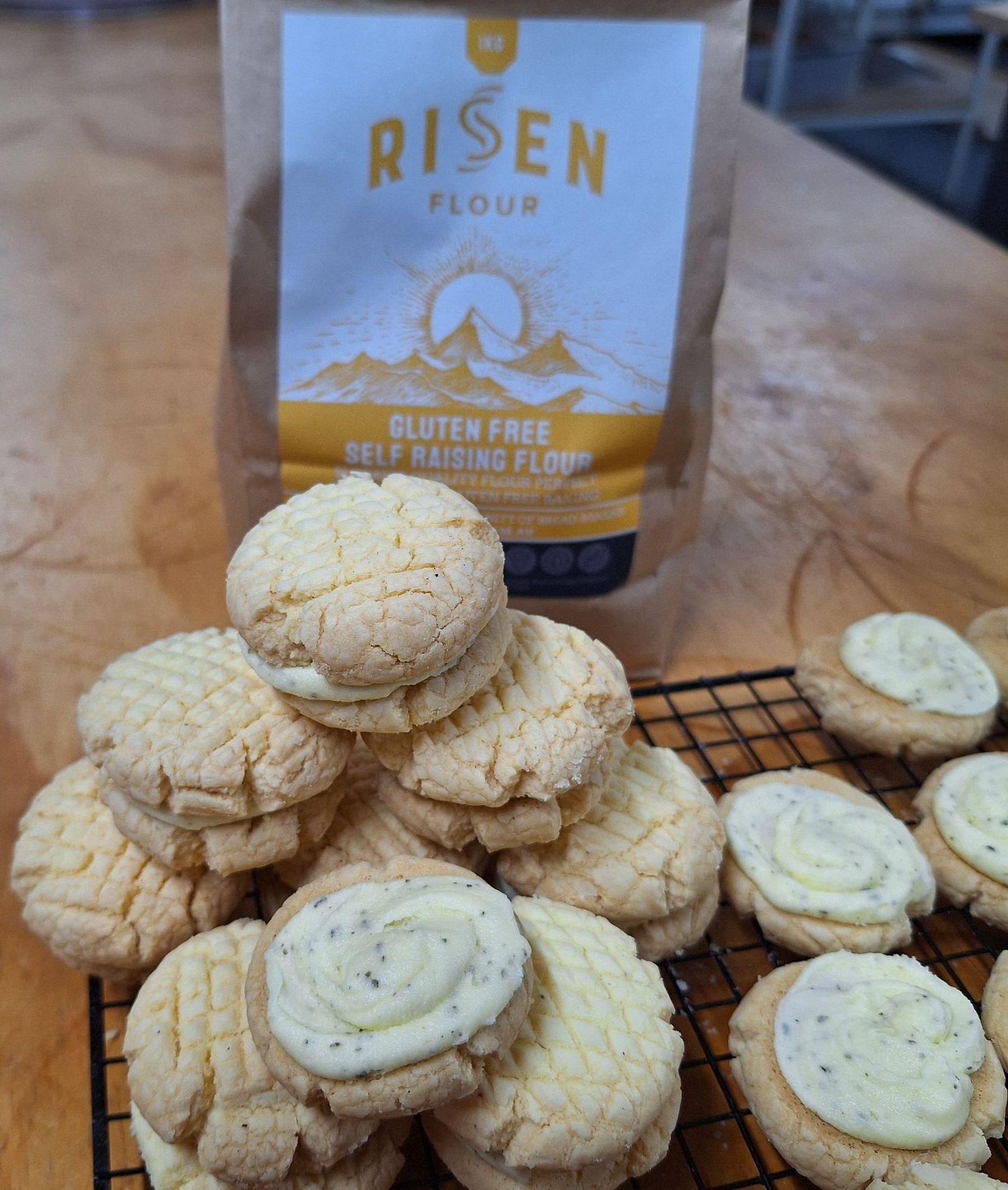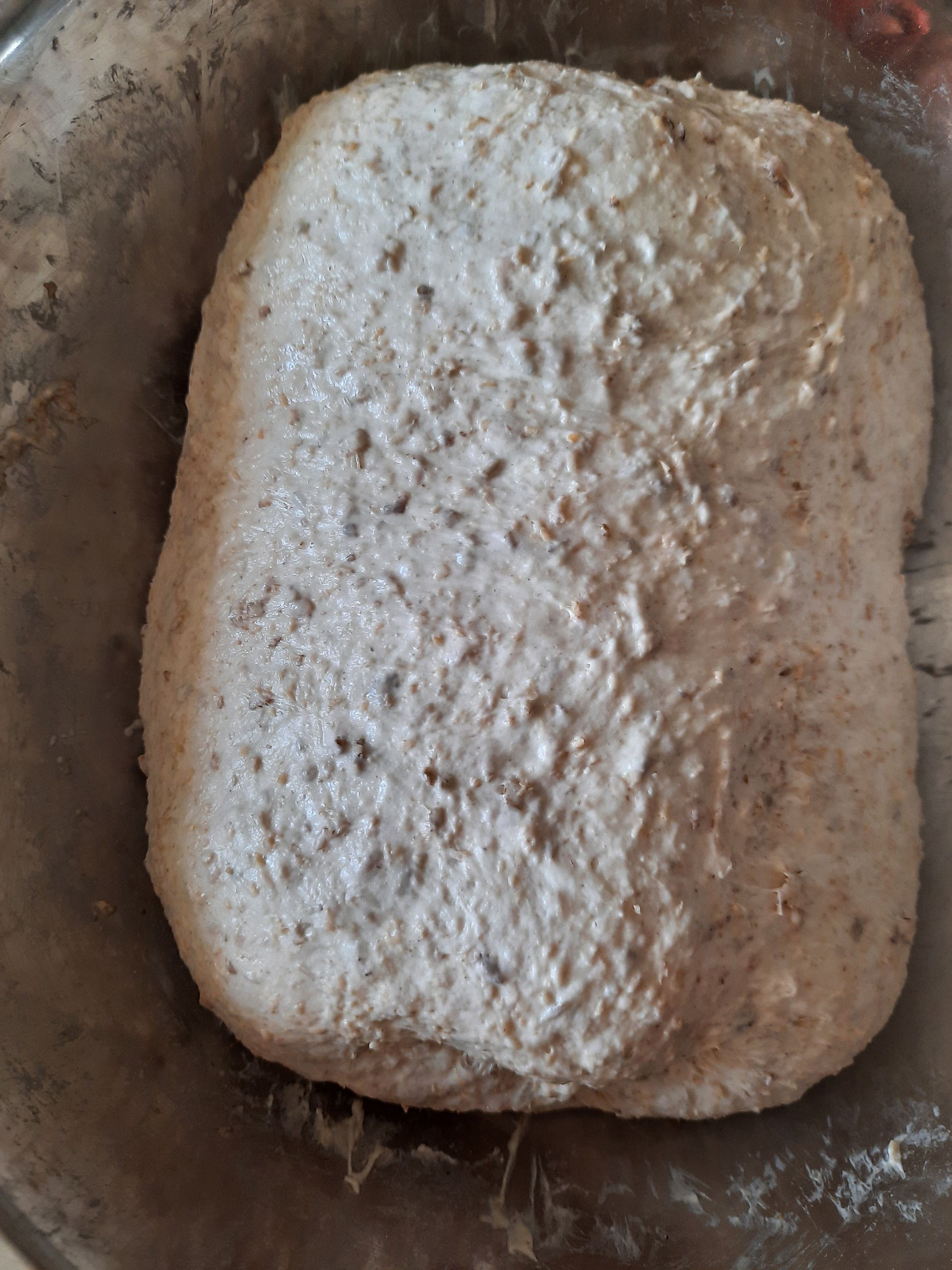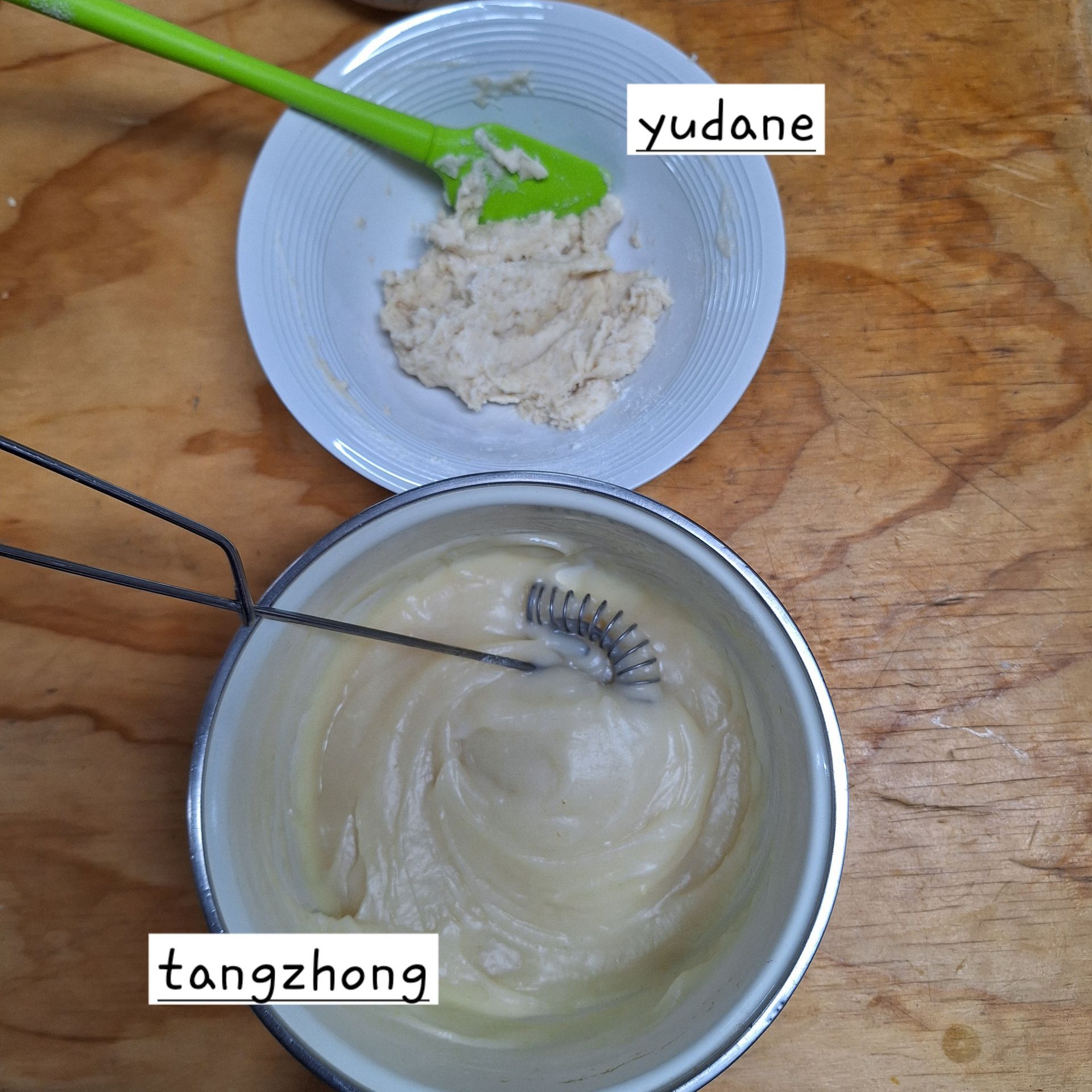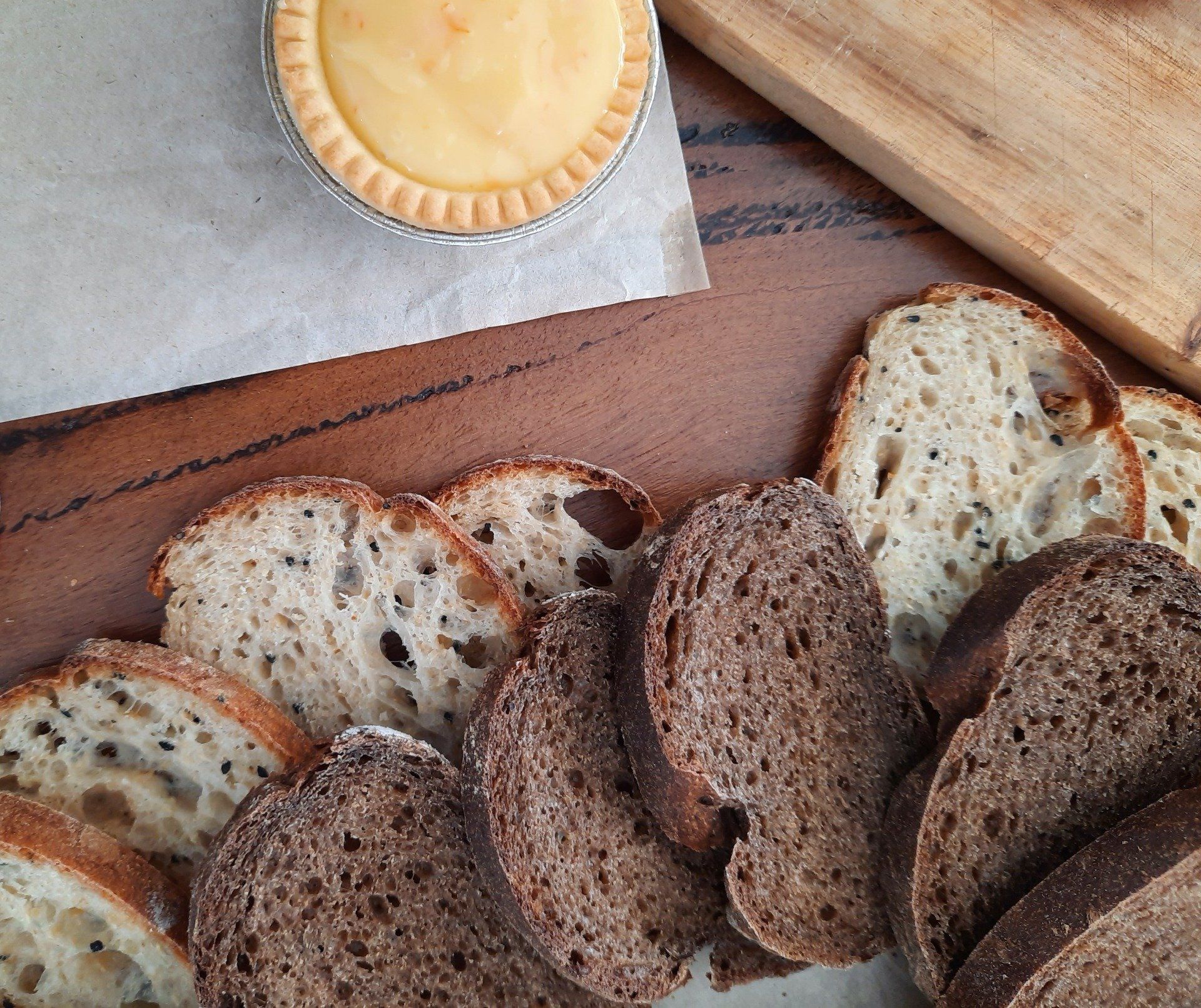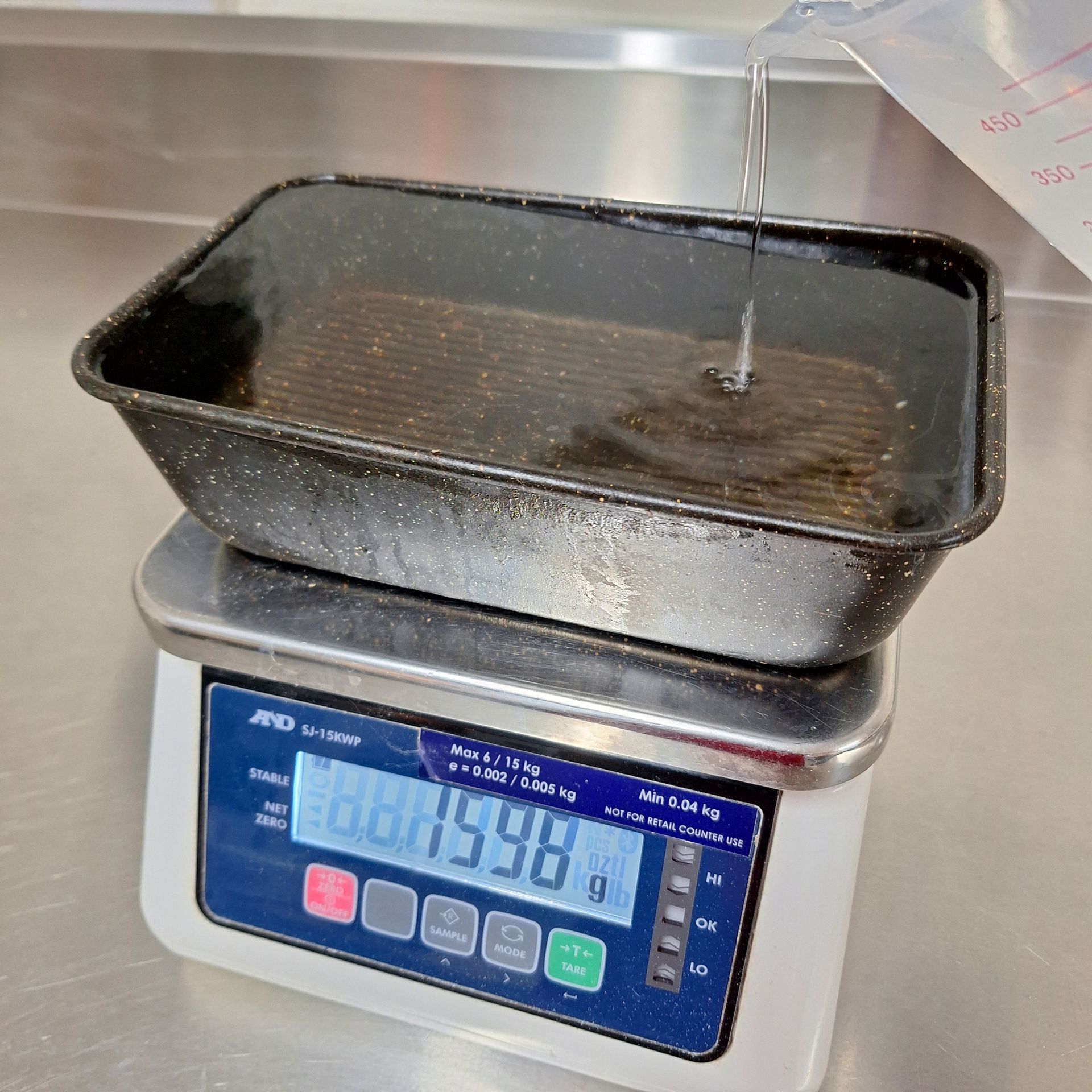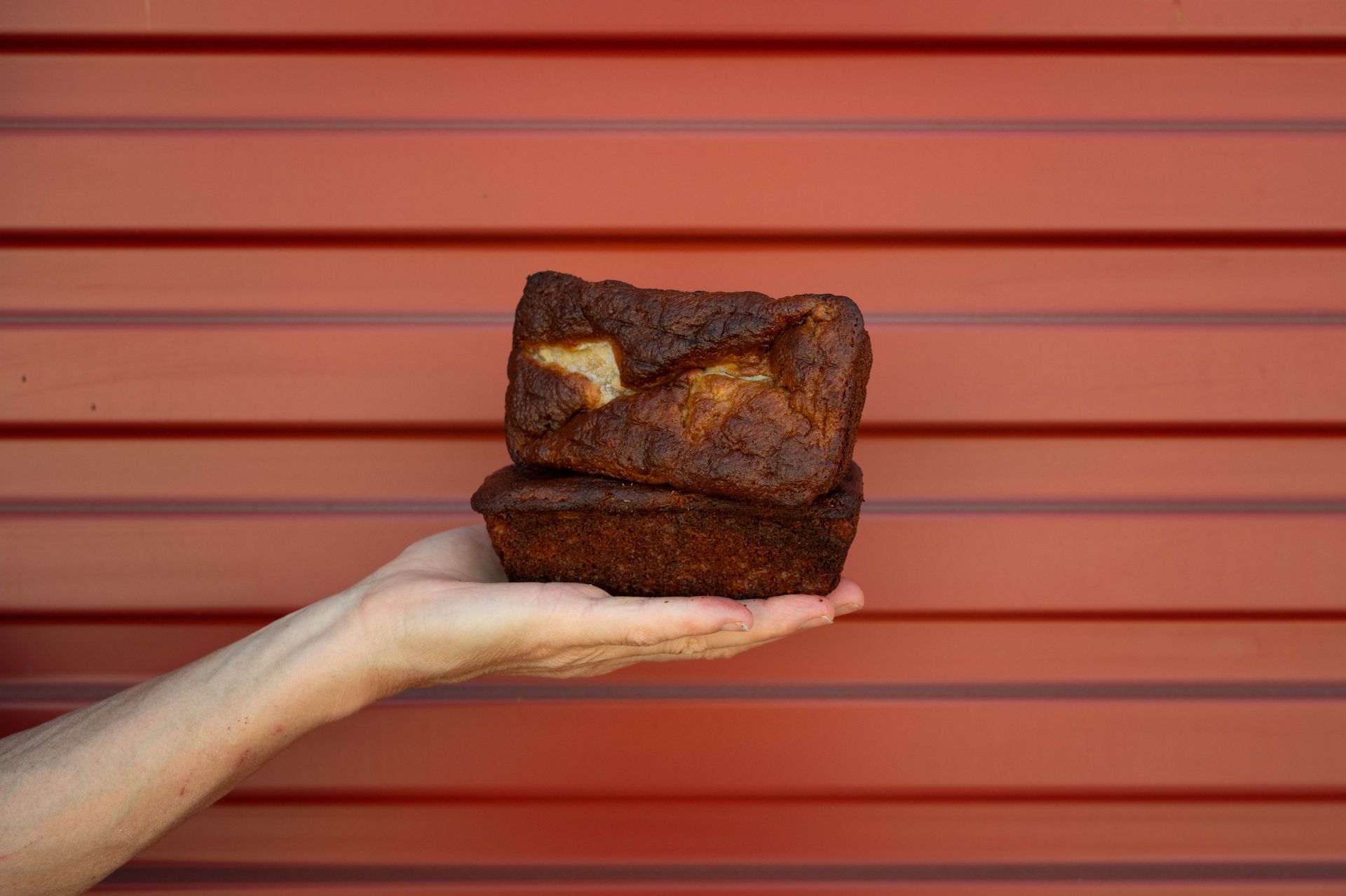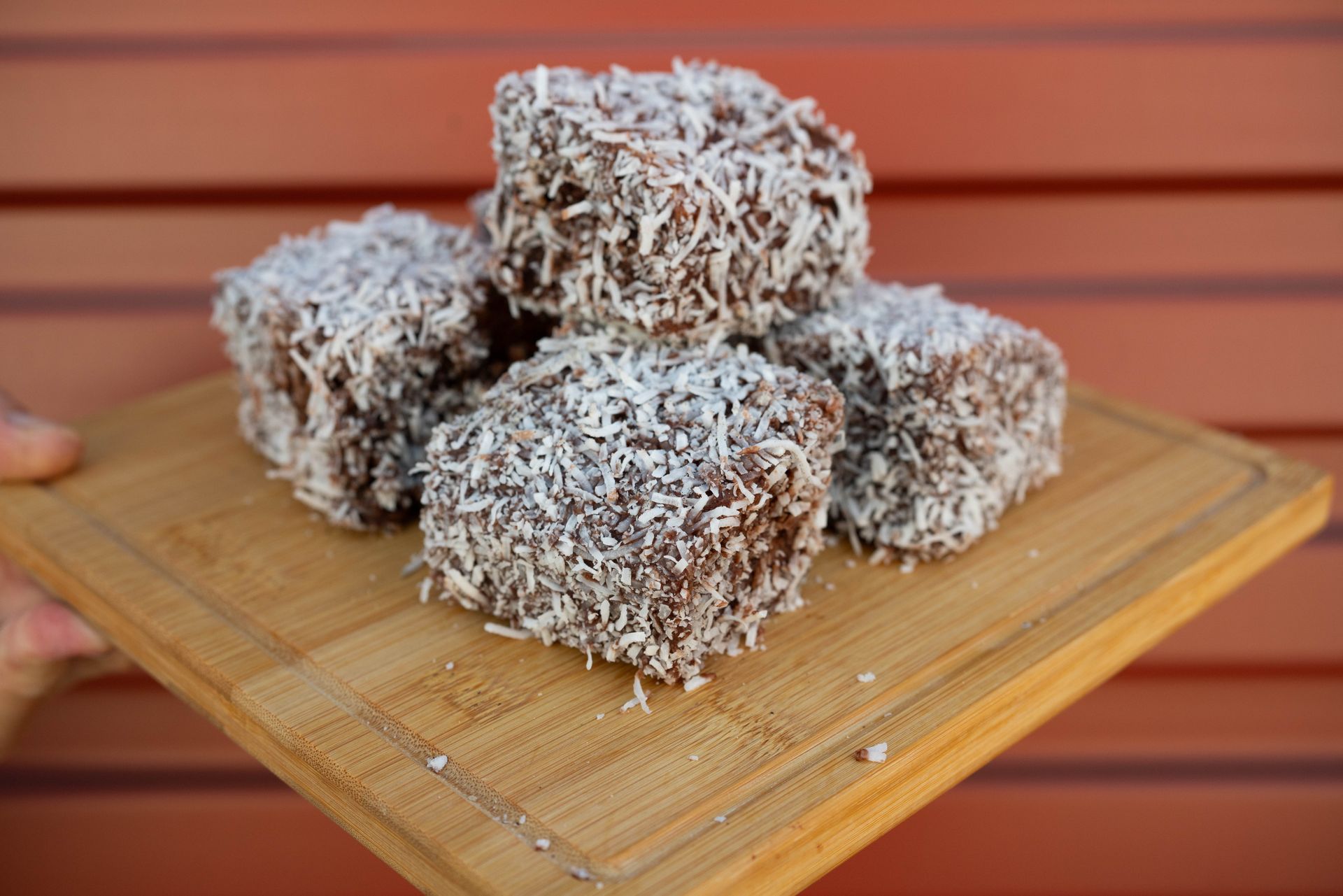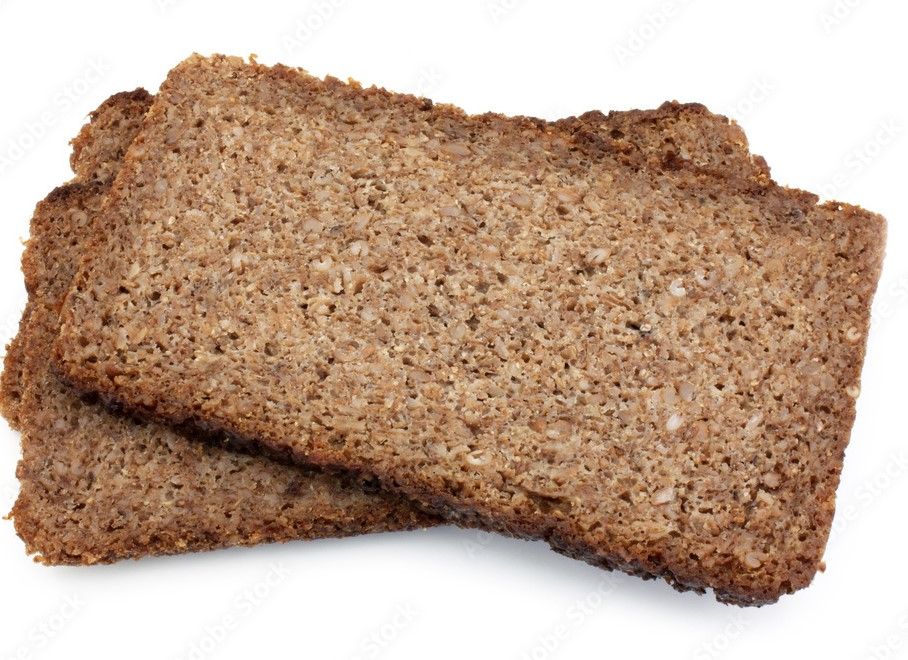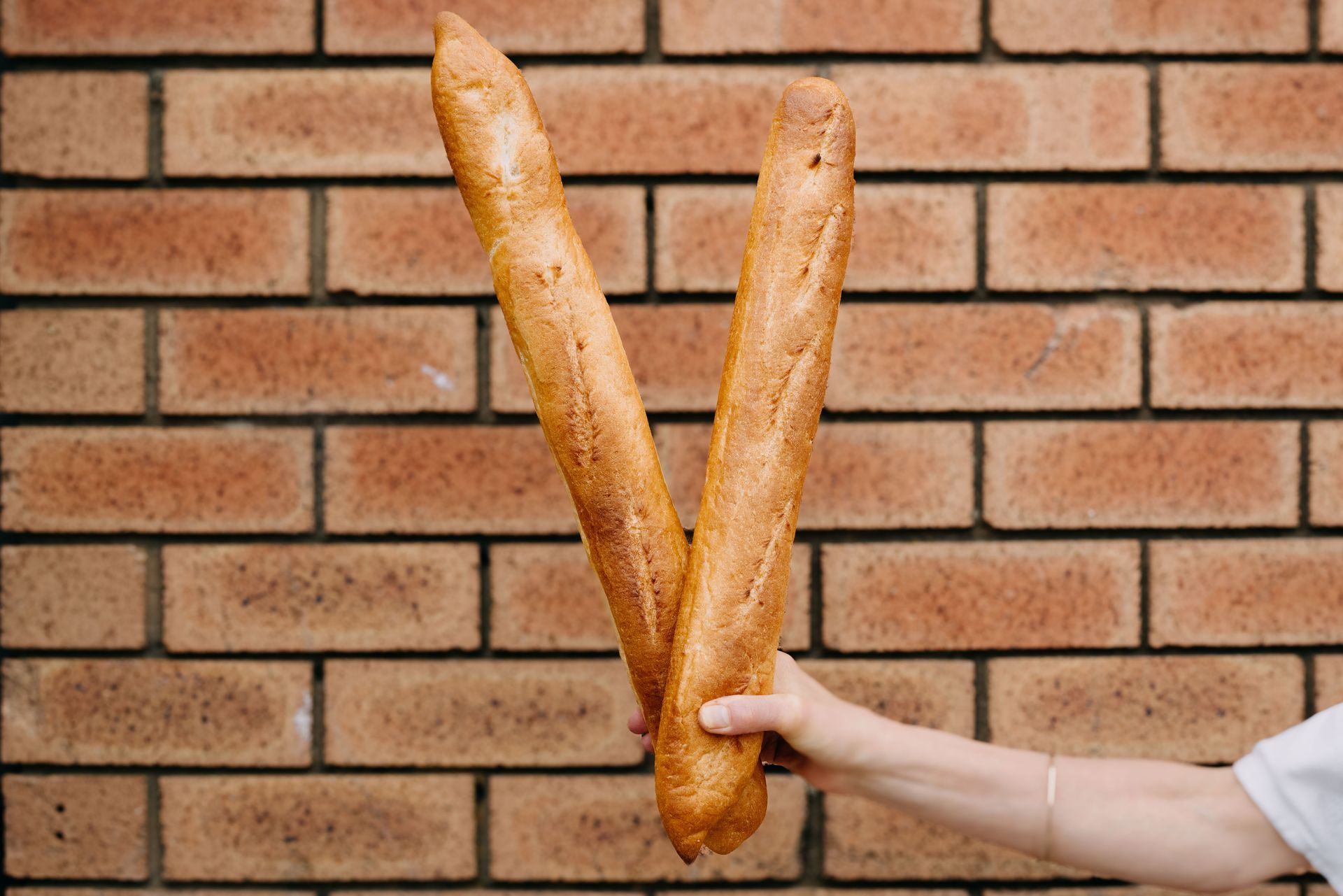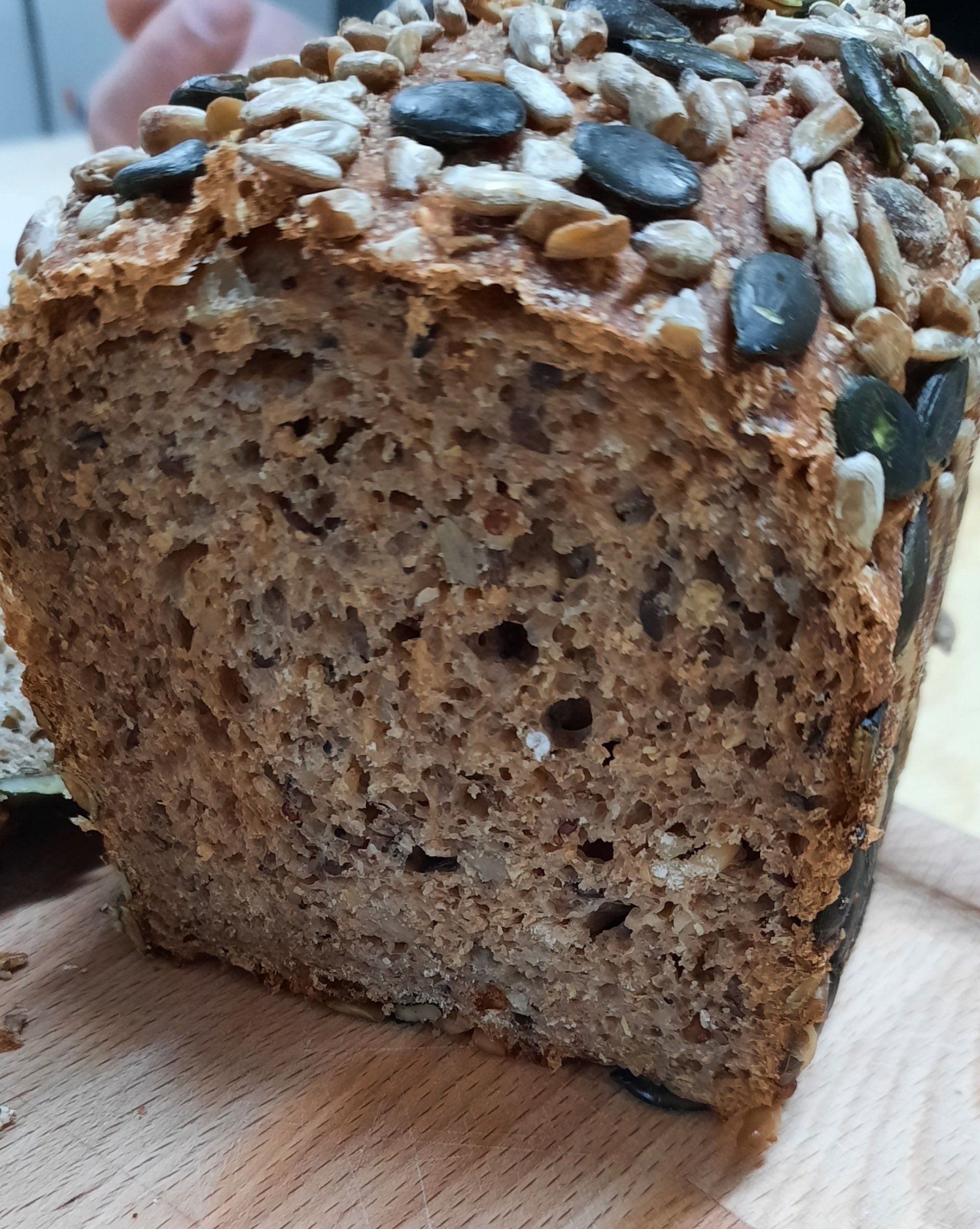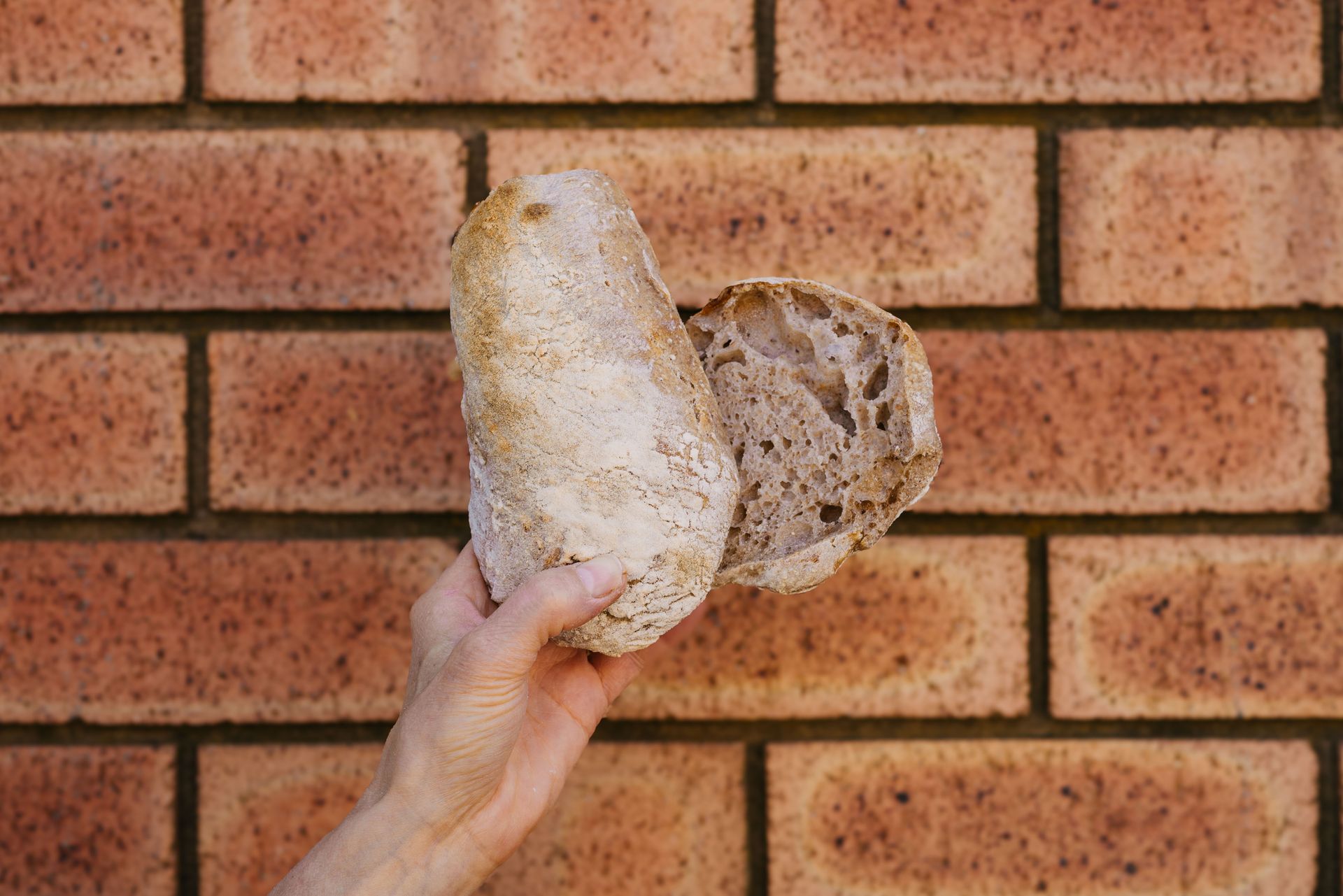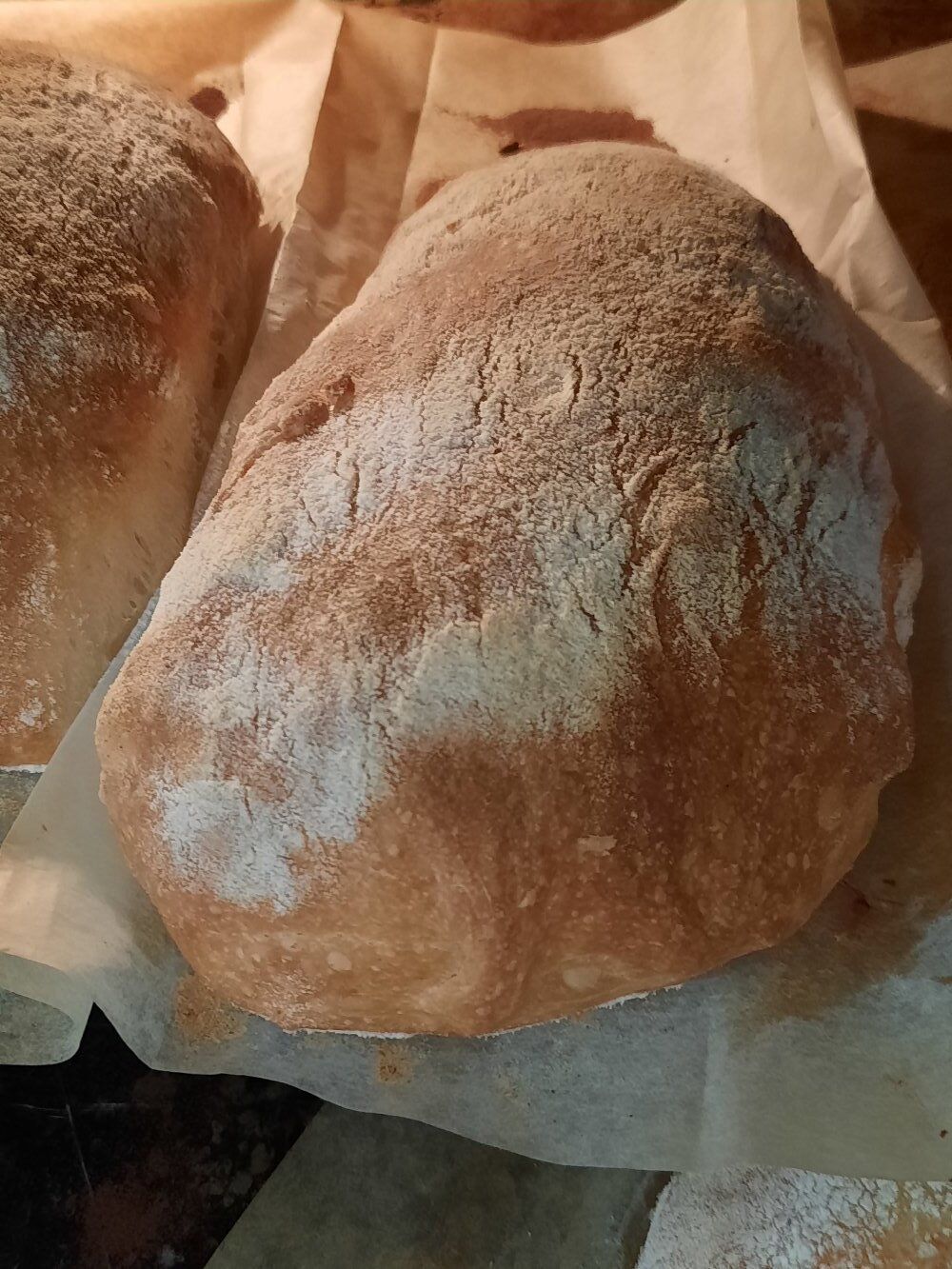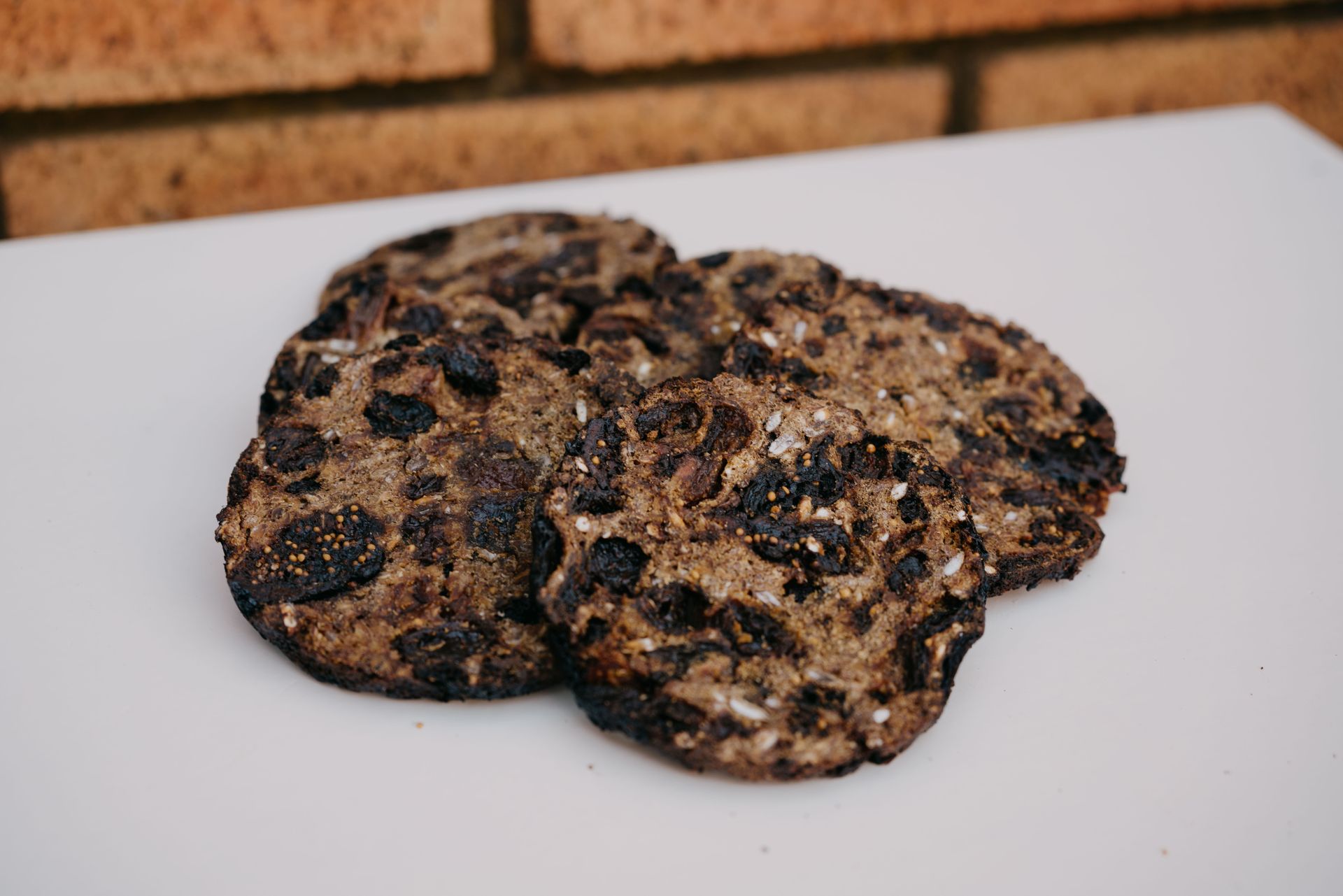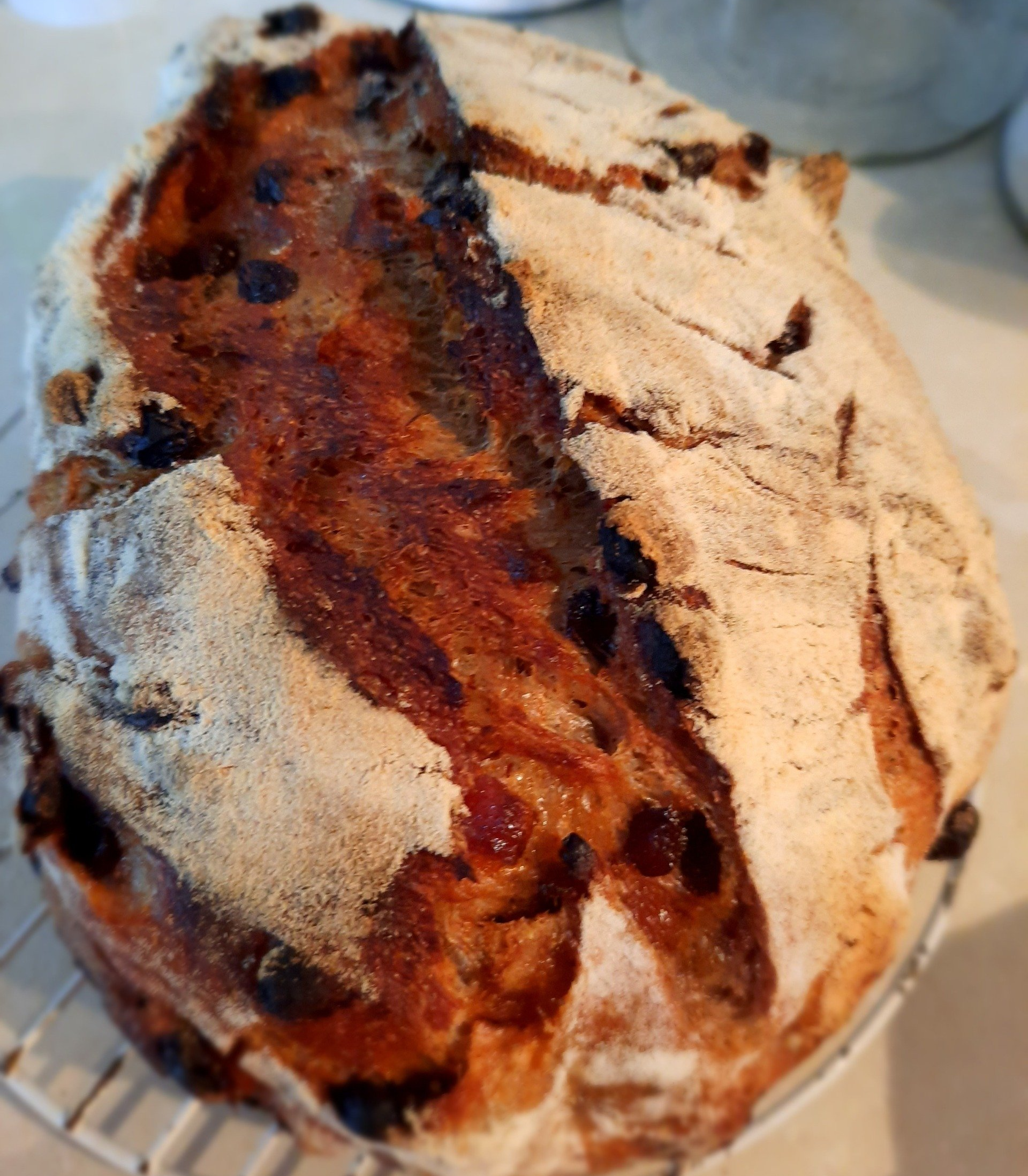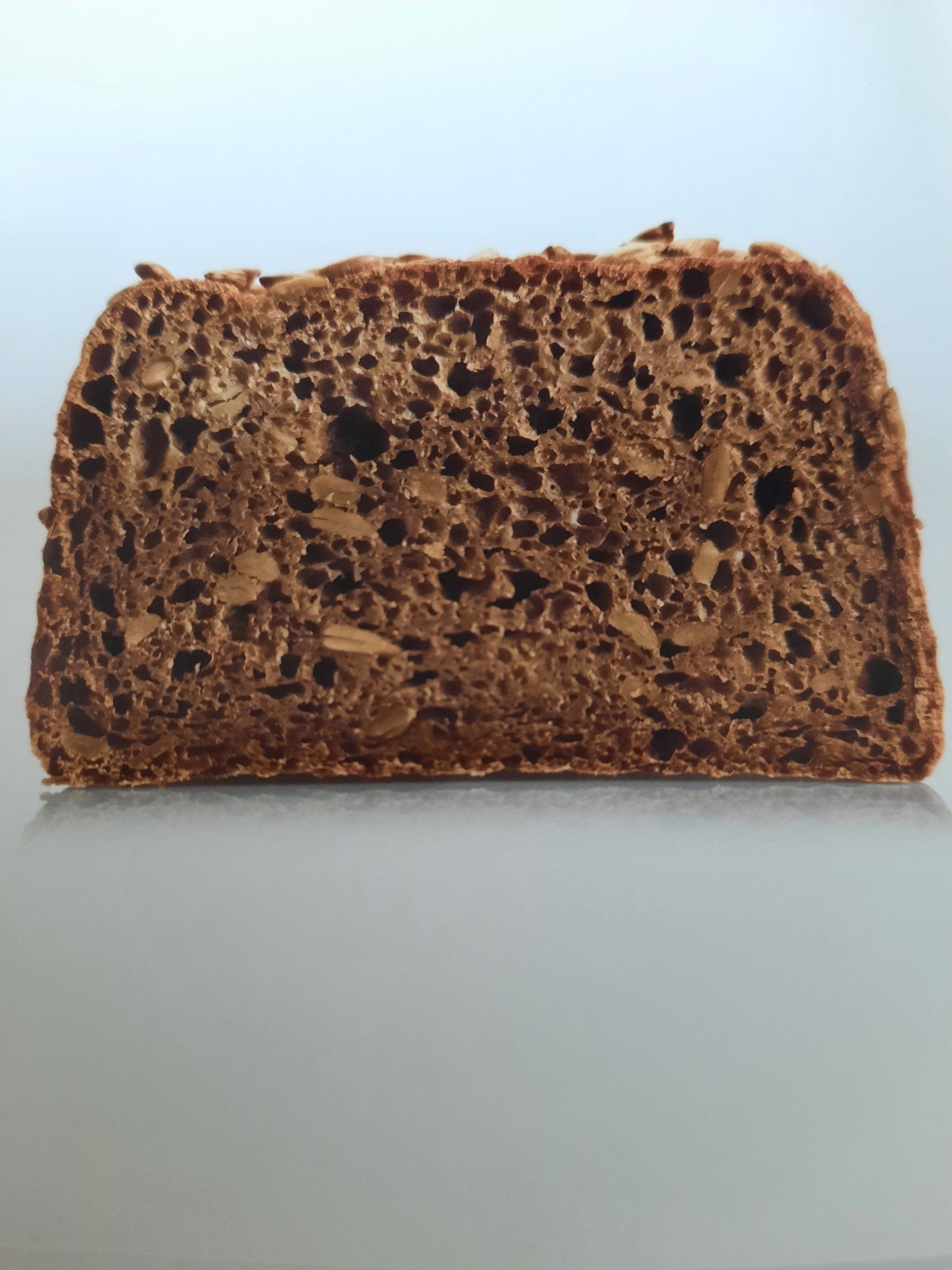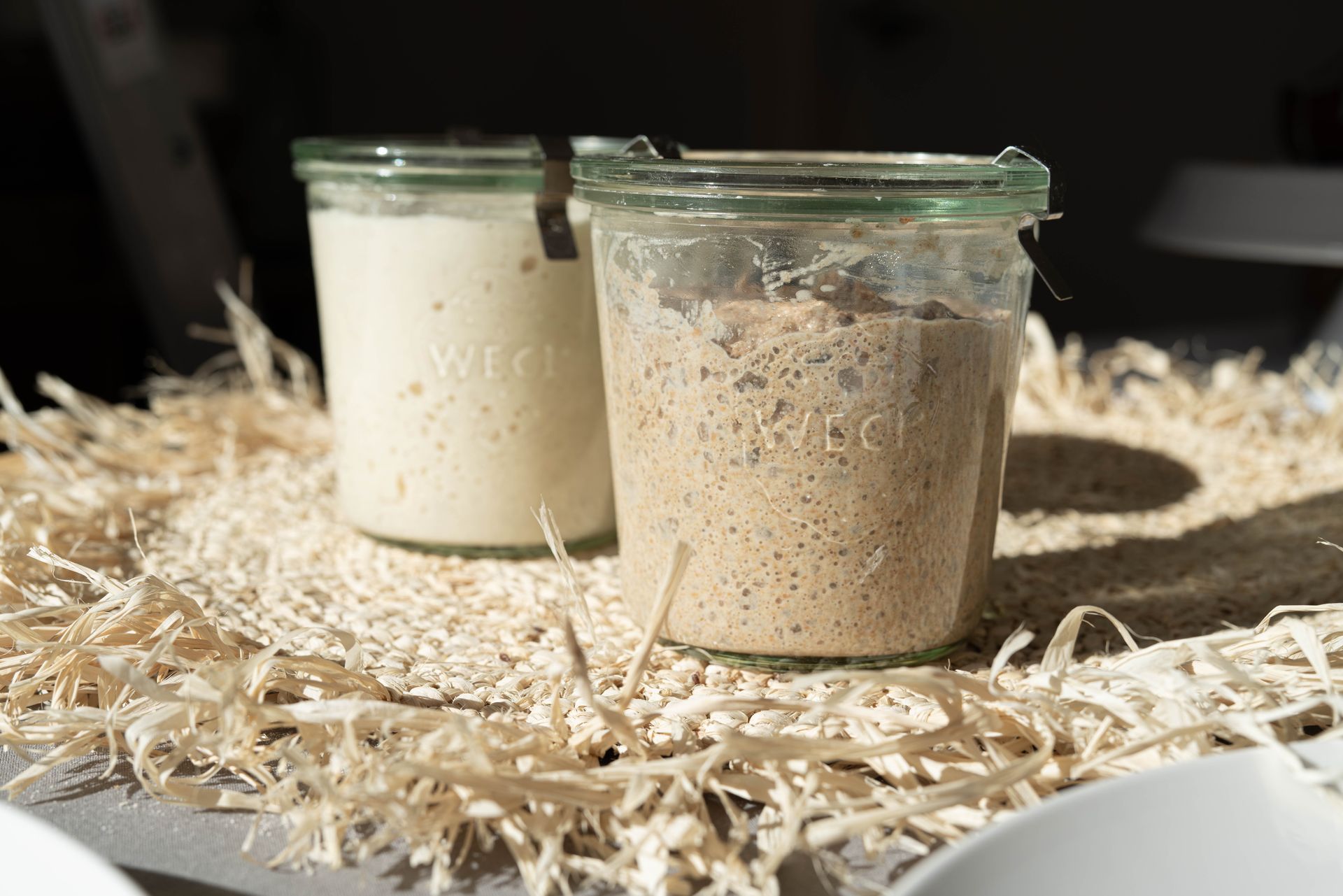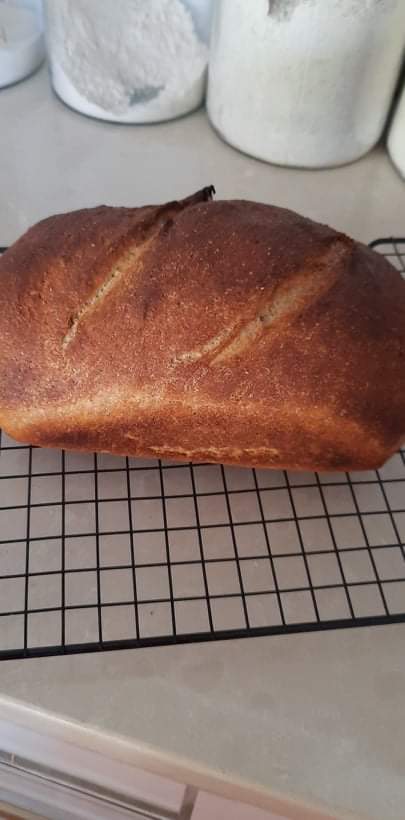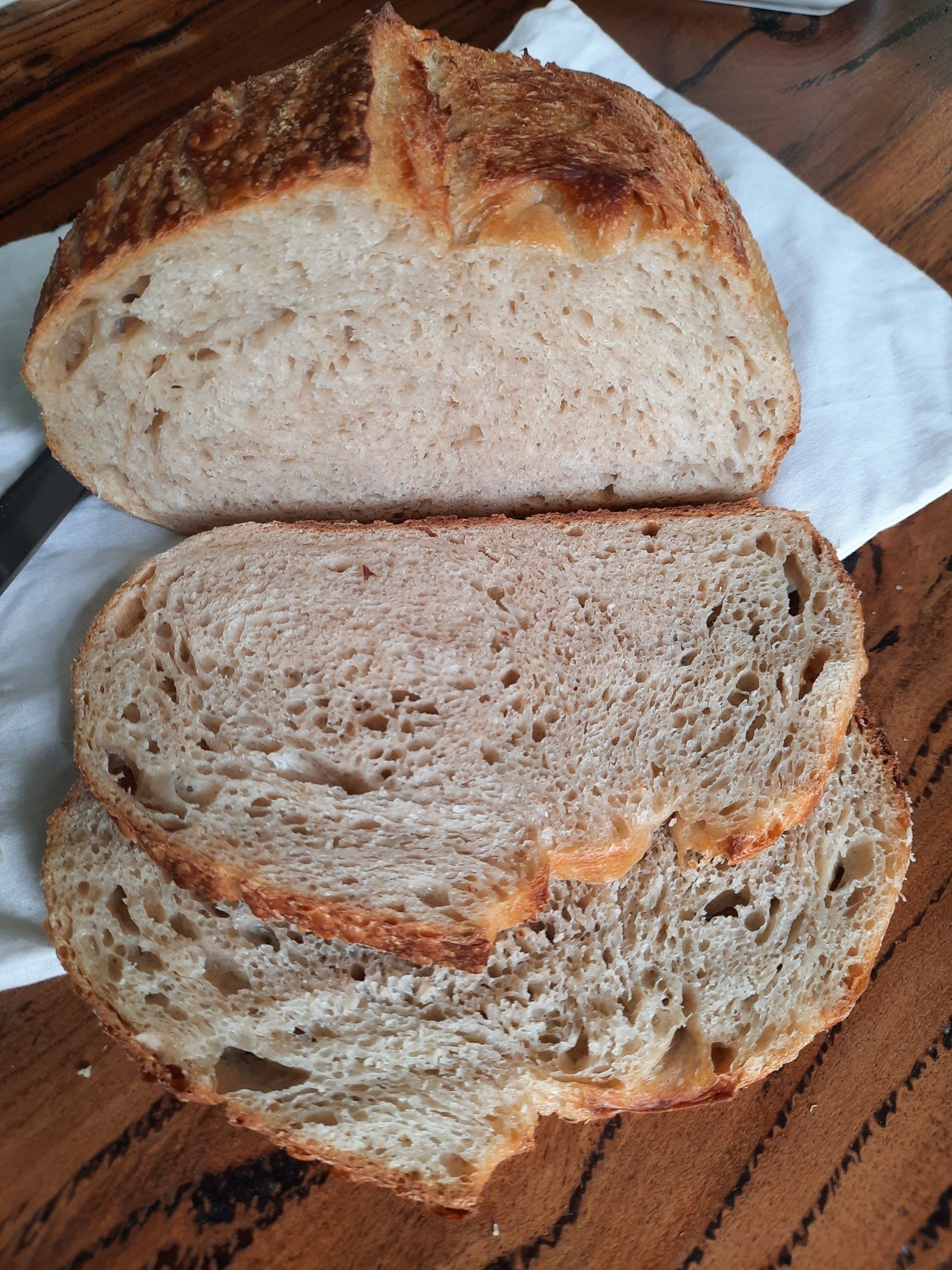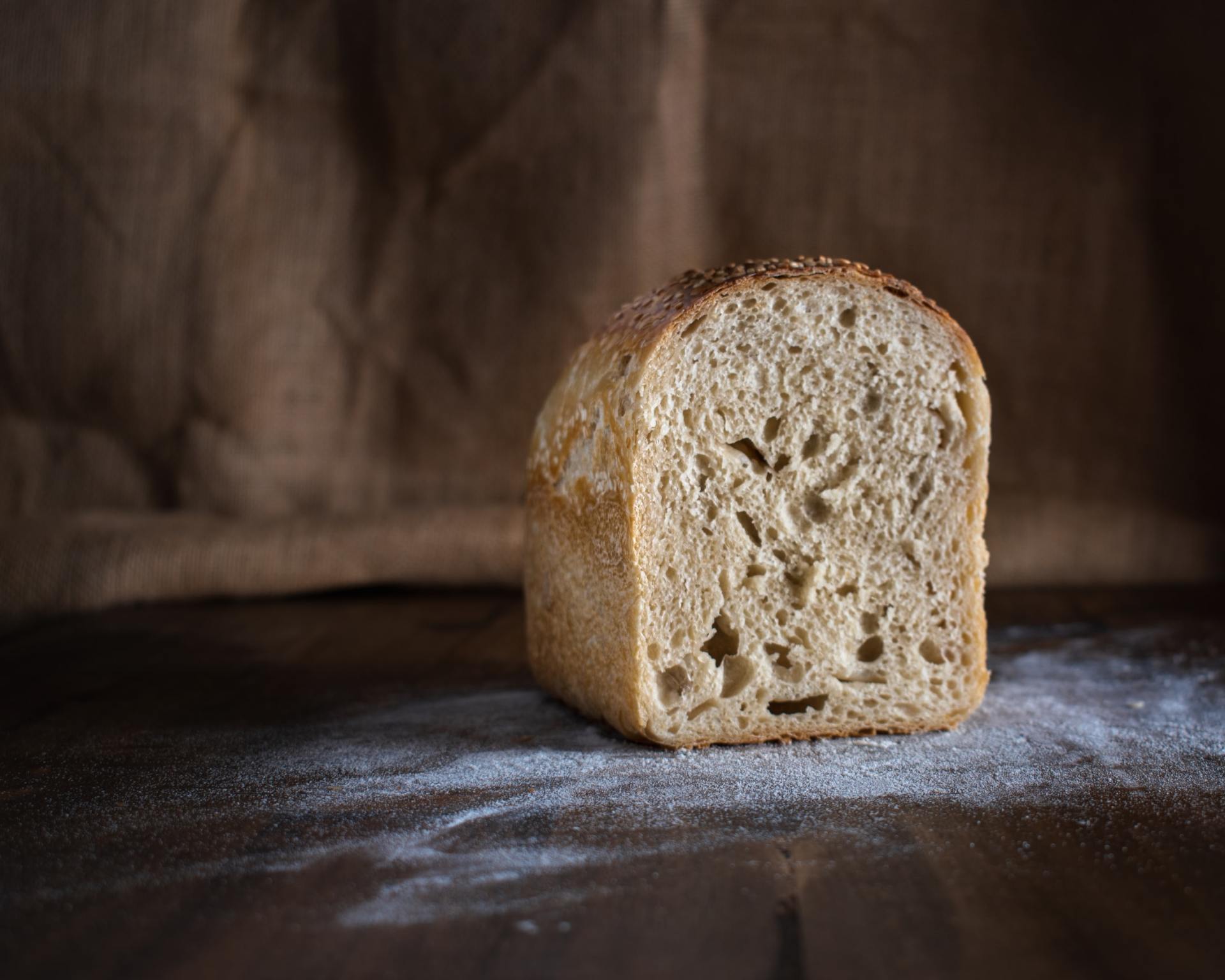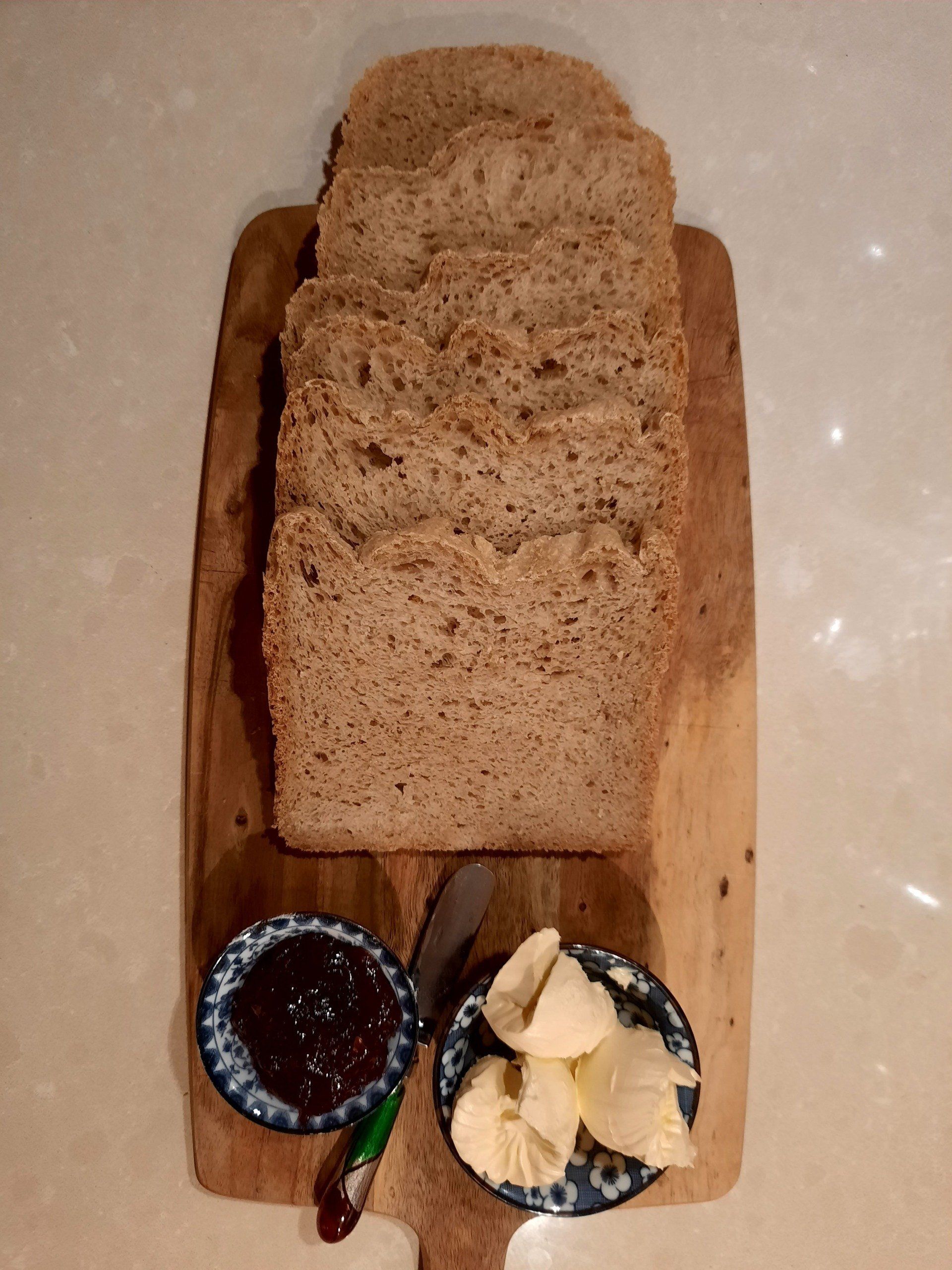By Jan Schluter
•
November 25, 2021
Ingredients for the dough & method A : For the soaked sunflower seeds 75g water 75g toasted organic sunflower seeds B: For the dough 425g Liquid rye levain, mature (See recipe "levains of various kinds" under Blog section) C: 150g Soaked toasted sunflower seeds 120g Wholemeal Rye flour 100g Wholewheat flour 50g High Gluten Bread Flour the Organic, Premium White or our Artisan Single Origin flour will do well 9g Fine Salt For the topping: Sunflower seeds 1: Prep the sunflower seeds by boiling the water and adding the toasted sunflower seeds – leave to soak for 8 – 10hrs 2. Mix (by hand) section B in a bowl and stir to dissolve yeast. Add C and mix with one hand using a squeeze and release motion, until fully incorporated. Transfer to a lightly greased bowl, cover and leave for around 10min. If you use a machine, in the bowl combine B in the mixers bowl and stir to dissolve yeast. Add C and mix on medium speed until fully incorporated, then cover and leave to stand for 7 min. Bulk Ferment: For 30min, no folds and keep covered throughout. For a large loaf – don’t divide For a small loaf divide Shape the dough directly into the loaf pan(s) with wet hands, push dough into the pans and smooth the surface, top with sunflower seeds. Final proof @ 27DegC and 65% relative humidity for a large or small loaf 1 – 2 hours. Or for final proof at 21dec C proof for 2 – 3 hours Baking times and temps For a large 1kg loaf using a convection oven steam after closing the oven ( you can pour boiling water into a pan at the base of the oven). Bake at 245degC for 25-30min on the lowest fan setting for a 1kg loaf. Or if you are baking in a loaf pan ( as opposed to proofing in banneton and tipping onto board) on a baking stone bake at 250degC for 15min, drop temp to 180degC and bake for 30min For a small 500g loaf – as above for the steam process and bake at 245degC for 20min. Or if you are baking in a loaf pan ( as opposed to proofing in banneton and tipping onto board) in a bake loaf pan on a baking stone, bake at 250degC for 15min, drop temp to 180degC and bake for 10min. Tips Make sure your work surface is well covered with rye flour when dividing & shaping the dough (if you divide it). When dough is fully proofed the top of the loaf will dome and crack a bit. Remember that baking times can vary. The best way to ensure the bread is baked is to check its core/inside temp which should read between 98 – 100degC. After baking allow the bread to rest in the pan for 5 min before unmolding it, this will help the bread keep its shape. Unmold onto a wire rack and allow to cool. Even though you may be baking in a pan it is suggested you place the pan on top of a baking stone (like a pizza stone) which will help speed up the baking process and get better results. Enjoy - if you have any questions please drop me an email or give us a call. Jan

